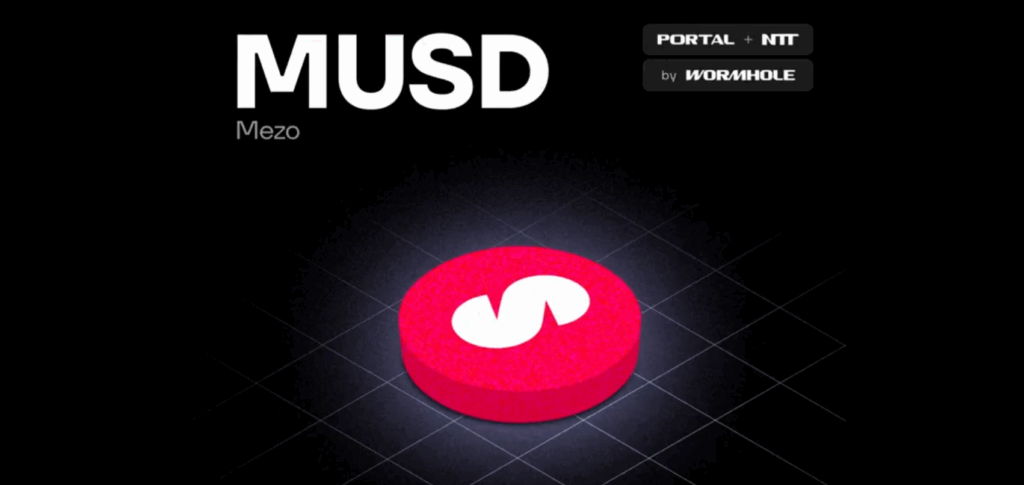
MetaMask is expected to reveal mUSD details this week and aims to launch by the end of August. Issuance and payments compliance will involve Stripe’s Bridge and the stablecoin infrastructure M^0, with Blackstone participating in custody/funds management (all from disclosed sources). This Market Insights article outlines positioning, partner roles, tech & compliance, timeline, participation, and key takeaways for research and implementation.
Summary: mUSD is led by MetaMask, with Stripe’s Bridge and M^0 providing compliance/issuance support, targeting launch by month-end. Focus on reserves & custody, in-wallet native integration, and no airdrop expectations.
What Is mUSD?
Stripe-sourced information indicates mUSD is a USD-pegged stablecoin designed to act as an “endogenous settlement asset” for the MetaMask ecosystem, spanning Swap, Buy/Sell, and Earn flows to reduce friction from switching among multiple stablecoins. Issuance and compliance will be coordinated with Bridge (acquired by Stripe), while M^0 supplies “scalable issuance” capabilities.
A wallet-native stablecoin could capture base yield and liquidity-routing economics, improving end-to-end payment experience.
How Is mUSD Positioned Inside the Wallet Ecosystem?
According to language seen in a leaked governance proposal, mUSD is intended to become MetaMask’s “reference unit and base pair,” available by default across product entry points (final details subject to official announcement).
What Does the Stripe Partnership Imply?
Stripe completed its acquisition of Bridge in Feb 2025, adding stablecoin clearing/settlement to its global merchant stack. Stripe subsequently introduced “Stablecoin Financial Accounts,” highlighting enterprise-grade dual-rail fiat/stablecoin flows.
For mUSD, Bridge can provide compliant payment pathways and merchant integrations, connecting real-world pay/collect flows with KYC/AML requirements.
Will mUSD Enable Smoother Fiat On/Off-Ramps?
With Stripe’s existing stablecoin accounts and settlement products, broader fiat reach is plausible (regions/currencies per Stripe’s actual coverage).
Technology & Compliance Design
Per CoinDesk reporting, mUSD will rely on M^0’s “multi-issuer/ unified settlement layer” (an open, programmable stablecoin base) to handle issuance and integrations, reducing the burden of building compliance and ops from scratch. Separately, reports note MetaMask has invited Blackstone to assist on custody and funds management, mapping to short-duration treasuries and yield management (all pending official confirmation).
Key watch-items: reserve composition, audit cadence, and on-chain transparency still await a whitepaper and audit reports; current disclosures focus on partners and timeline.
Practical Consideration: Who Gets the Yield?
A major motivation for “wallet-native stablecoins” is sharing the underlying reserve spread. Reports flag this as a driver, but recipients and splits aren’t finalized publicly yet.
Ecosystem & Integrations
Leaked governance text suggests mUSD will be “natively integrated across MetaMask surfaces,” minimizing FX/ cross-stablecoin complexity for users. On the DeFi side, community proposals discuss bringing the asset into lending and market-making; expect a risk-param → whitelist → liquidity-seeding progression (per each protocol’s governance). Teams should pre-reserve symbols/allowlists and run minimal availability tests in token lists, risk engines, and routing logic.
How to Judge mUSD’s Substitutability & Network Effects?
Track: default wallet routing share, completeness of fiat/merchant closed-loop, and mUSD’s reach across CEX/L2/bridges (per subsequent announcements and integrations).

Timeline, How to Participate, and Risk Notes
Timeline: Multiple outlets on Aug 13 report details could drop this week, with launch by month-end (“source-based” reporting). Official channels prevail.
Acquisition: Media referencing leaked proposals say “no airdrop expected”; users likely obtain via swap/subscription within supported flows (final call per official stance).
Core Risks: Reserves/custody not fully disclosed; multi-chain reach, settlement, and compliance scope TBD; integrating protocols may tighten risk parameters initially to control tail risk.
FAQ
Q1: Who issues mUSD?
A: Public info suggests MetaMask leads product and integrations; Stripe’s Bridge and M^0 support compliance/issuance; Blackstone may assist in custody/fund management (pending official confirmation).
Q2: Where will it be usable?
A: Aiming for native availability in Swap, Buy/Sell, Earn within the wallet, then broader DeFi integrations; check the day-one ecosystem list at launch.
Q3: Any airdrop or giveaways?
A: Coverage around leaked proposals advises “don’t expect an airdrop”—acquisition likely via swap/subscription; wait for official word.
Q4: Reserves and audit cadence?
A: Not yet disclosed. Expect short-duration U.S. Treasuries or similar, with clearly defined trust/audit frameworks. Currently “to be disclosed.”
Q5: How does it differ from USDT/USDC?
A: Deeper wallet-native integration and potentially superior fiat reach; possible yield-sharing mechanics. Market share/liquidity networks will need time to prove out.
Q6: What should developers/institutions do now?
A: Update token lists and risk allowlists; evaluate clearing/settlement flows; monitor official reserve disclosures and jurisdictional coverage; phase in trading/deposits.
Key Takeaways
mUSD details likely this week; launch targeted by month-end; positioned as MetaMask’s “endogenous settlement asset.”
Stripe (Bridge) + M^0 anchor compliance/issuance; fiat reach could be a key advantage.
Reserves, custody, and yield-sharing await official docs; favor phased, risk-bounded integrations in the short run.




